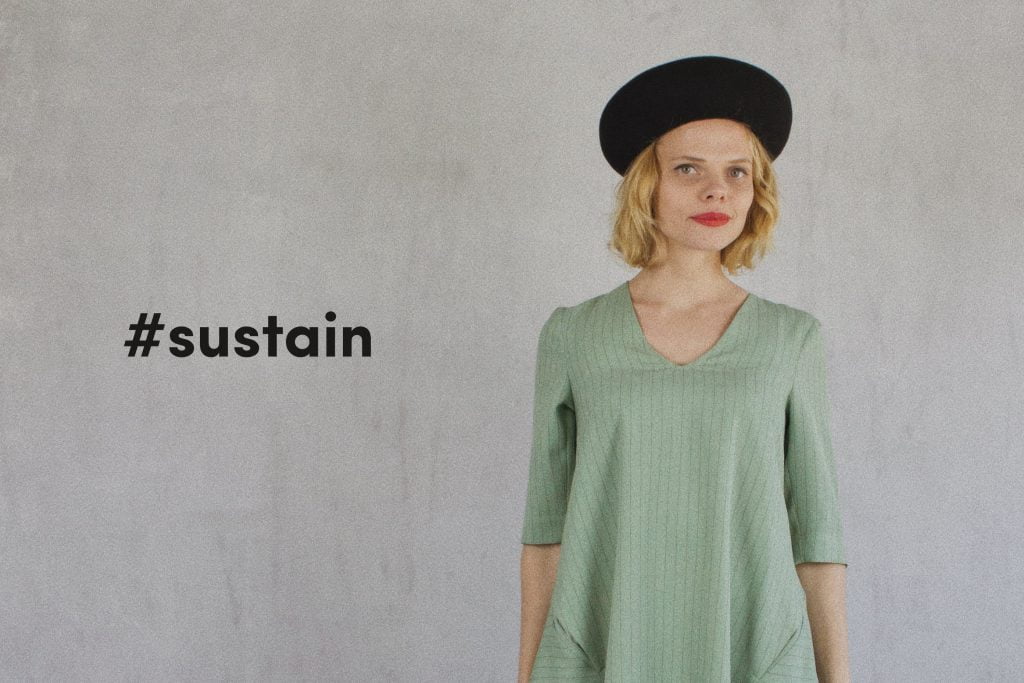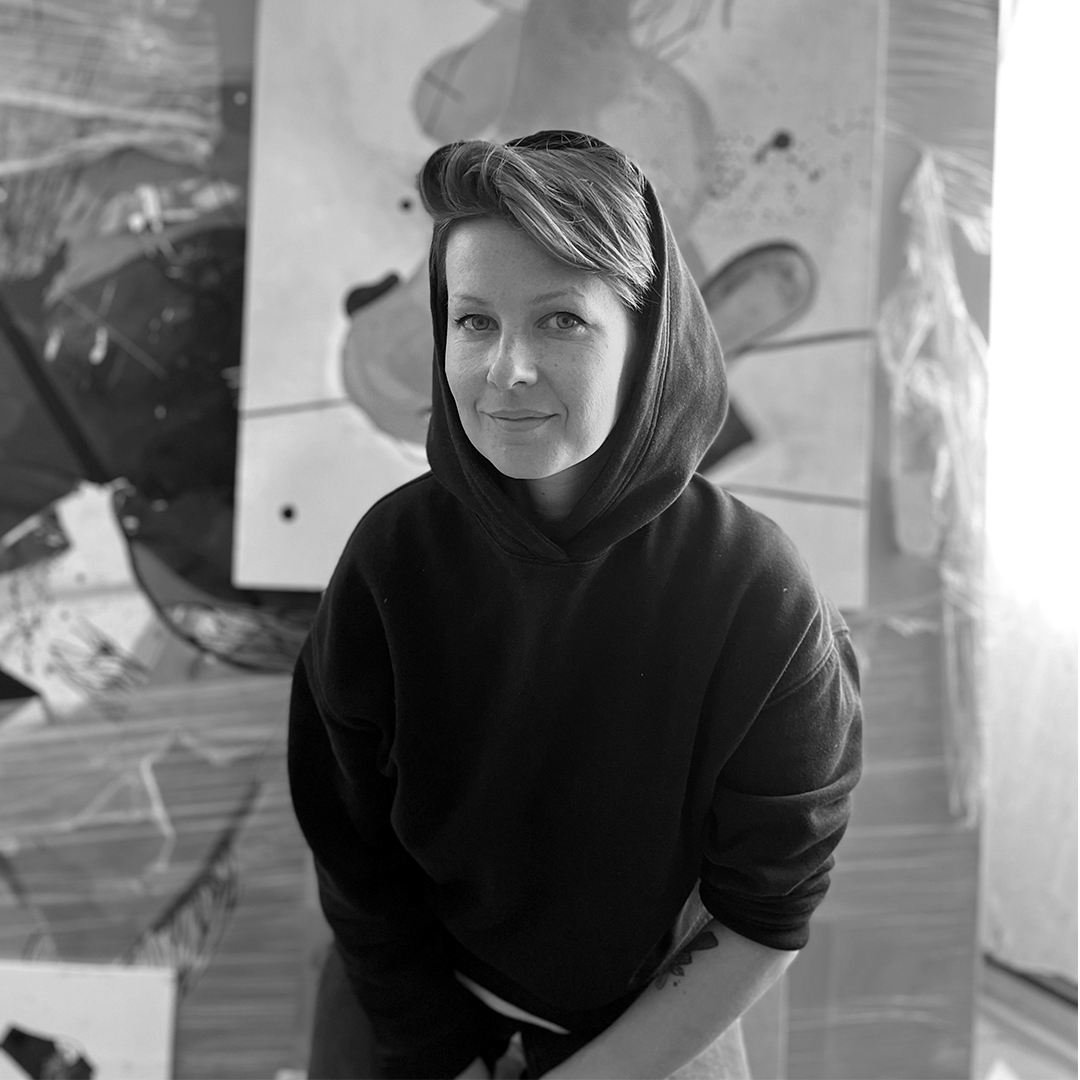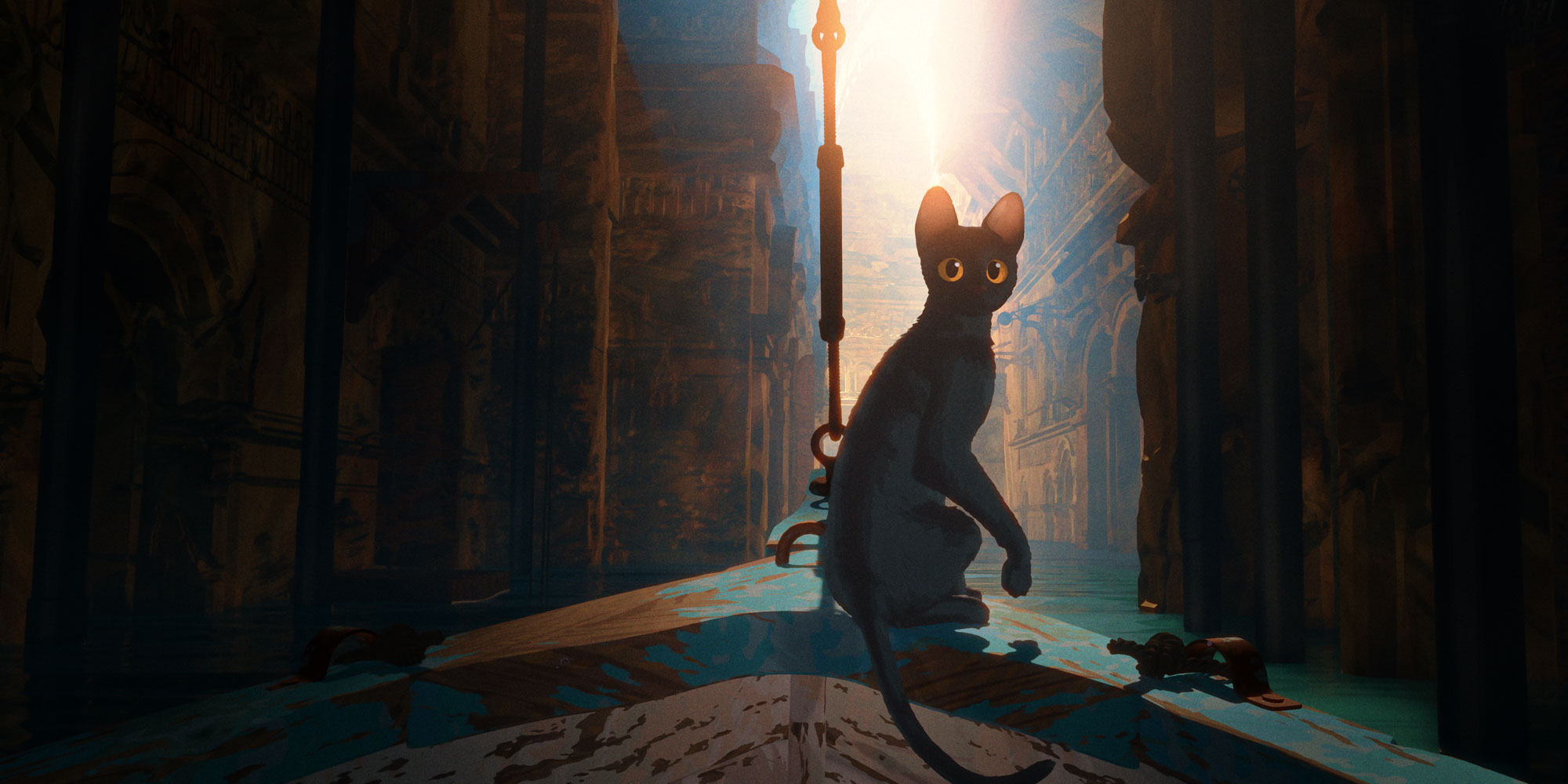
- Fashion, Inspiration, Lifestyle, Uncategorized
#sustain
Can things go on this way?
The price-drop in the segment of clothing and accessories within the last 20 years has let us purchase more. A modern man owns fives times more of clothing and accessories than their grandparents did. However, the quality and lifespan (not more than five times of wearing and three times of washing) do not fit the low price. The consumption of these cheap clothes and accessories is possible only because of continuous decrease of the production costs which, in return, has a serious impact on our health, planet and the well-being of workers who manufacture the clothing.

Fast fashion is the most serious issue of the modern fashion industry. As such, it is very similar to fast food – production costs are artificially decreased, low-quality materials are used, expensive materials are replaced by artificially created ones, they have artificially added flavouring, enhancers and coloring, everything is too processed and sterilized, they have long sell-by date, insufficient nutritional value, high level of pollution of environment and increased health problems.



Modern global fashion industry consumes a lot of resources and has a negative impact on the environment and humans. The main issues are water pollution, water consumption, the amount of microfiber in the ocean, creation of waste, chemical waste, greenhouse gas emissions, degradation of the soil and deforestation. In the production of fast fashion, the non-renewable resources are used at up to 98 million tonnes per year, including the synthetic fiber created from oil. The textile industry is also among the biggest pollutants of the oceans – each year, about 500 000 tonnes of plastic microfiber end up in the oceans and they are created by washing polyester, nylon and acrylic clothing. It has been found out that the algae and other sea organisms absorb these microfibers. The small fish consume the algae and become the prey of bigger fish, therefore the microfibers also end up in the meals of humans.
Worldwide, about 20% of industrial water waste is produced because of the coloring and processing of textiles. Mass-production of clothing and accessories is unnaturally cheap. Numerous collections (up to 54 microcollections per year) make the buyer feel out of fashion each year and stimulate them to purchase more. Each year, in order to keep up with the low production costs, the quality of product materials and production decreases, the clothing looks faded, shapeless, used and harmful to the health of its owner. Furthermore, fashion trends change so rapidly that the buyer is unable to follow them. Both the producer and the buyer take part in polluting the environment by buying fast fashion as the life-span of such clothing is very short with up to 80% of the products being thrown in the waste within the first six months.
All of these changes indicate that changes in the global fashion industry are inevitable. At the summit of textile and design educators, Textile Tomorrow at the University of Aalto, they estimated that the current model will function no longer than next 7–10 years. As opposed to the linear economy, circular economy is regenerative by its nature, it is a system based on a closed circle. In the transition to a new type of economy, all levels need to be acknowledged – the consumption, design, entrepreneurship, industry and waste management. It requires a systemic approach and collaboration between the sectors which, in turn, would create new possibilities of collaboration and business. One must also start thinking of the extended producer responsibility when it comes to standard clothing and accessories and consumer standards of responsible wearing.


What can we do?
The approach of circular economy in the fashion industry creates a more sustainable, closed circle approach the aim of which is to extend the life-span of clothing and accessories, to keep the value and materials for as long as possible. Circular economy is more focused on promotion of local-level activities, using local labour, maintaining local artistic practices and inheriting them. This also means that all the materials are recycled, turned into products with higher (upcycled) or lower (lowcycled) value. The products are modeled, keeping in mind all the aspects that support inclusion in the closed circle. Environmentally-friendly design principles that were set by the American Industrial Designers’ Association in 1992, are still accurate:
long life-span,
easy-to-fix,
easy-to-recycle,
can be reused,
recycled materials of high availability are used,
easy to be split into components,
exclusion of toxic and problematic elements,
high energy efficiency,
teaches about the protection of environment,
enables reduction of creation of waste within the process of design and production,
decreases the amount of packaging.
All of these are a good illustration of principles of maintenance of environment and sustainable design, as the modern design can no longer be only about the aesthetic qualities but must also now be diverse and include various side aspects and impacting processes. Counting on several life cycles, the flow of materials within a system and waste as a valuable source material are mandatory conditions. After the end of the life-span, all the products must be gathered back. Slow fashion is a good alternative to fast fashion and it is characterized by well-thought design of classical and artistic high-quality clothing with a long life-span that can be fixed, re-tailored or re-made.
Butterman brand promotes fresh ideas and the Slow fashion movement, and their philosophy, at the very basis, is full of idealism and optimism.
Their products combine methods of fashion research, craftsmanship, sustainability and high-quality materials. Sustainable fashion does not mean it looks like it is sewed together from small pieces – that is just one of the possible options.

When creating a sustainable design, one must be professional, the form must follow the idea, not vice versa, the product must not lose its artistic value. For example, a high-quality organically coloured, environmentally friendly natural leather from Italy is used in bag designs, but the left-over pieces can be used for creation of smaller bags and wallets. Very small left-overs are used to create creative keychains, bracelets and necklaces with high artistic value to support zero-waste fashion design. With each new collection, Butterman creators try to become more sustainable, introduce new skills and creative solutions and learn that, in the process of design, the user comes first, instead of the artistic self-fulfilment needs of the artist.

When meeting the clients and potential partners, it becomes clear that the future demand does not include monotonous, industrially produced clothing. Everyone wants to feel individuality, hand-work and high artistic and performance quality. High-quality clothing cannot also be so easily thrown away. Taking care of the clothing and accessories could become a creative process, and the consumer could learn to cherish their belongings thus adding them an added value and time, to be in contact with the designer as almost everything could be fixed, re-tailored or re-made. The process is similar to gardening or picking mushrooms in the forest or pickling vegetables as an opposition to making purchases at the store. A walk in a forest, too, cannot be replaced by going to the gym.




Butterman is a collective of four designers and it includes brands Butterman, Natru, Samta, Tribal Hotel and Vitola.
Author – Simona Veilande.
Butterman collective INSTAGRAM, FACEBOOK – @buttermanstudio

Related Posts

Zane Veldre x M50 – Watercolor Stories Connecting Nature and the City
At M50 design and fashion store, we’re always searching for meaningful stories and inspiring creators.

Latvian Animation Takes the World by Storm – Flow Continues Its Triumphant Journey (70+ awards)
Latvian animation is having its golden moment—Gints Zilbalodis’ feature-length animated film Flow has made history as the first-ever Latvian film to receive an Academy Award
